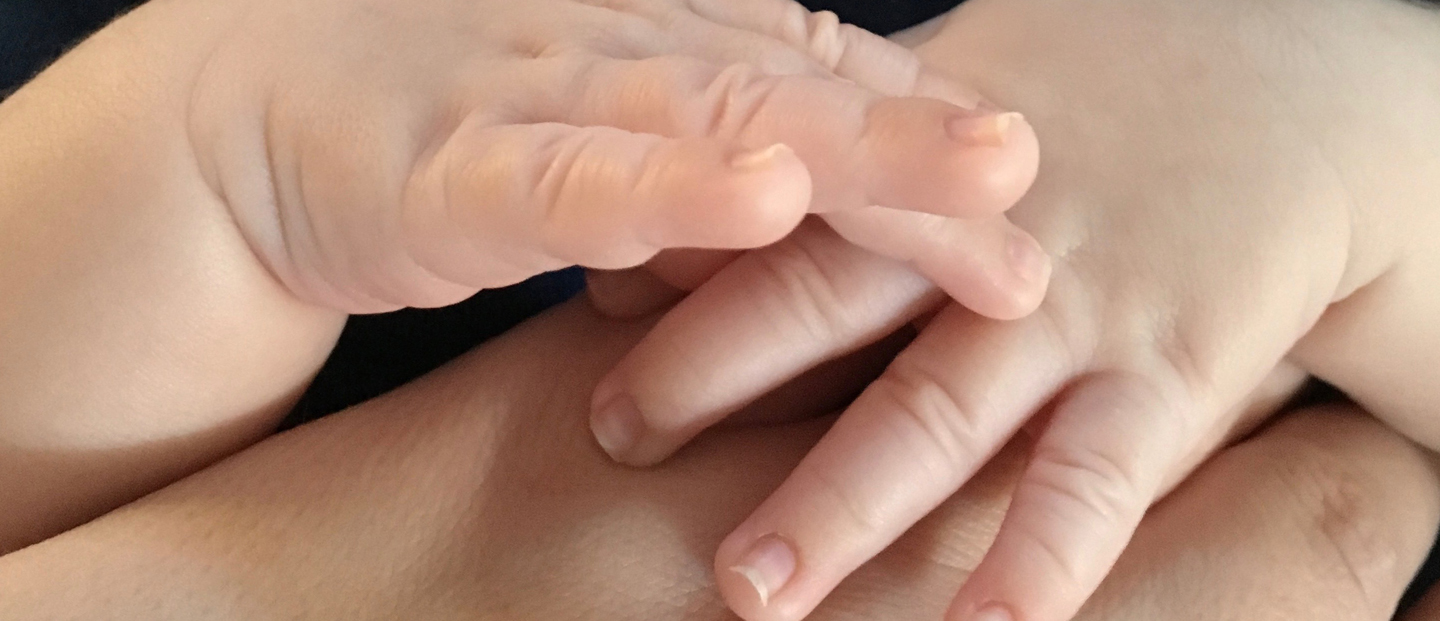
Growth plates are cartilaginous structures at the ends of bone responsible for growth of bones in children. It presents as a dark line on x rays and disappears at the end of bony growth (usually around 16 in boys and 14 in girls).
Physeal Fractures are common in children( around 30% of all fractures in children) due to its weaker nature as compared to the rest of the bone. Due to rapid growth, physeal fractures heal quickly. Common fractures include distal femur(thigh bone), proximal tibia(leg bone), ankle fractures, distal radius(near wrist), etc. Very rarely stress fractures can be seen in overuse injuries. If not properly managed, physeal fractures are usually associated with growth issues and so one should consult a paediatric orthopaedician who is more equipped and knowledgeable regarding these kind of fractures.
Symptoms are usually pain, swelling, deformity, inability to move the affected bone. In case of open injuries, there can be bleeding and extrusion of bony or muscle tissue from the injured site.
Further investigations include X ray, Ct scan, Mri depending upon the site of injury and surgeons preference. On the basis of these investigations, surgeons classify the physeal injury and plan the appropriate treatment.
Tretament can vary from simple immobilization with a plaster or brace, close reduction or surgical correction and fixation of the deformed bone with some implant respecting the physis. In late cases who present with physeal bar formation, limb deformities and descrepancies, physeal bar resection, deformity correction and limb lengthening can be done.